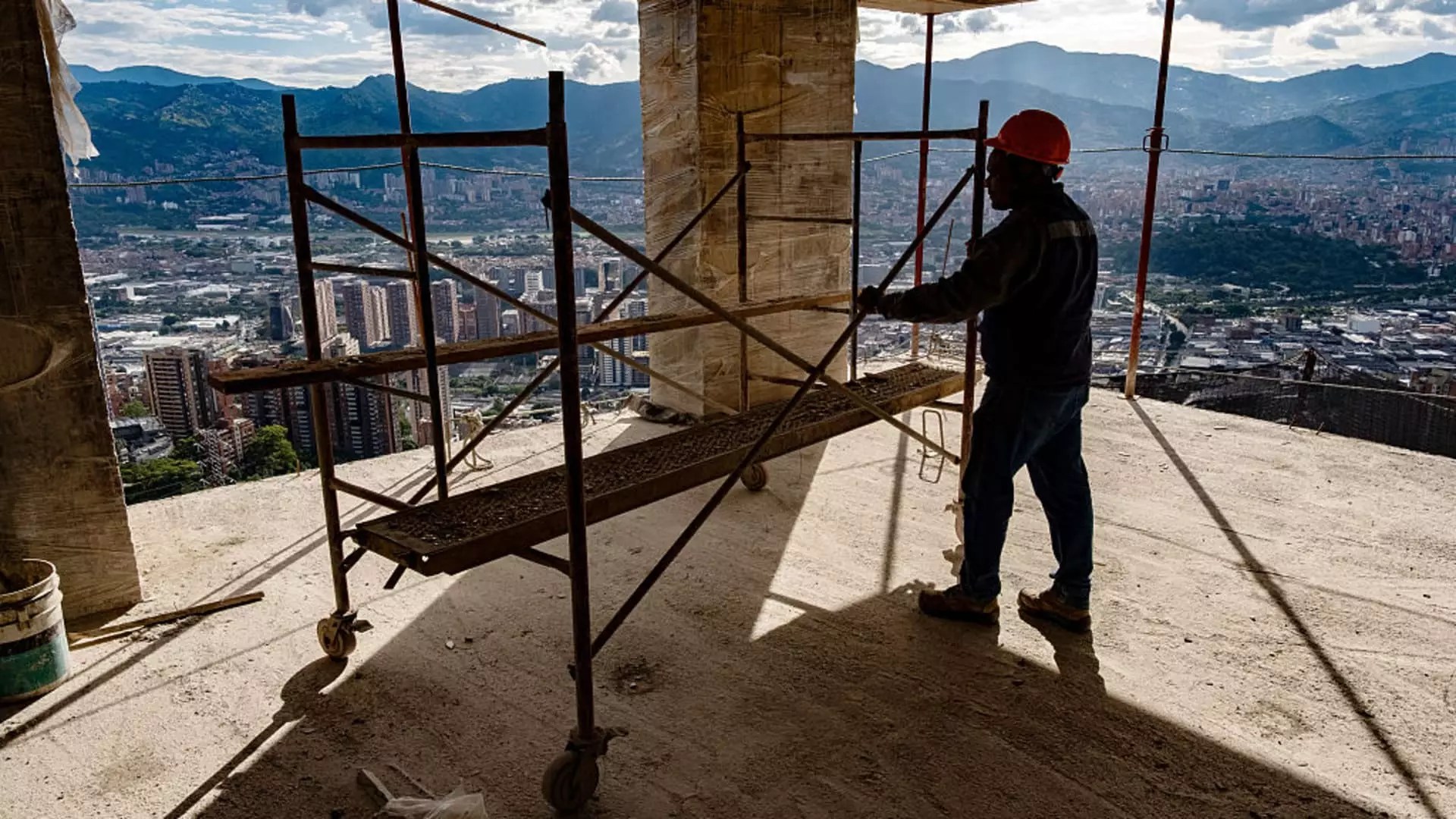The construction sector, long notorious for its sluggish pace of modernization, embodies a paradox: enormous scale paired with startlingly archaic processes. While industries like automotive and aerospace have embraced digital transformation, construction clings stubbornly to traditional practices rooted in manual documentation, paper trails, and fragmented workflows. This resistance to technological innovation isn’t merely a matter of convenience but results in staggering inefficiencies that hamper productivity and harm the environment. The McKinsey Global Institute’s recent report estimates nearly $1 trillion is squandered annually due to these systemic flaws—a figure that underscores an urgent need for reform. In an era where digitization promises to revolutionize every facet of our economy, construction remains a laggard, weighed down by outdated operational paradigms and cultural inertia.
The Cost of Stubborn Resistance to Modernization
At the core of construction’s inefficiency lies a profound reluctance to adopt new technologies. Investment in IT remains minimal—less than 1% of revenues—placing the industry far behind sectors that prioritize innovation. This underinvestment directly correlates with higher error rates, increased costs, and environmental waste. Conflicting directives generated from unstructured data, delays caused by manual document reviews, and flawed communication create a perfect storm of delays, redundancies, and budget overruns. The impact is not just financial; it’s moral. The industry’s slow pace of change perpetuates unsafe working conditions, inefficiencies that can lead to accidents, and environmental degradation through unnecessary resource consumption.
This archaic approach is emblematic of a broader cultural issue. Decision-makers often underestimate the transformative potential of digital tools, seeing them as optional rather than essential. This complacency is especially troubling given the rapid evolution of technologies like artificial intelligence, which could dramatically streamline workflows and reduce risk—yet, many firms hesitate or lack the vision to implement them effectively.
From Tragedy to Innovation: A Personal Story Sparks a Digital Revolution
Sarah Buchner’s journey epitomizes the fracture between experience and innovation. Her firsthand encounter with a construction fatality—a tragic consequence of creaking processes—catalyzed her transition from on-the-ground construction to technological innovation. Her drive to create a tool that enhances safety and efficiency stems from a profound understanding of the industry’s pitfalls. Her company, Trunk Tools, exemplifies how targeted AI solutions can revolutionize construction management. By automating tedious documentation, identifying project risks, and reconciling conflicting data, her platform addresses fundamental flaws that have persisted for decades.
Trunk Tools’ technology is not just an incremental improvement—it’s a paradigm shift. With the ability to process millions of unstructured documents and convert them into actionable insights, it transforms chaos into clarity. The partnership with Microsoft signals recognition of the necessity for big tech’s involvement to scale these innovations globally. The recent $40 million Series B funding underscores investor confidence in this transformative approach, an acknowledgment that digital disruption in construction is both inevitable and vital.
The Broader Implications: Why Change Is Non-Negotiable
The implications of embracing innovation transcend mere productivity. By integrating AI-driven solutions, the construction industry can substantially reduce carbon emissions, optimize resource use, and improve worker safety. Outdated workflows lead to waste—of materials, time, and environmental capital—that can be mitigated through smarter, data-driven decision-making. Ultimately, modernization is not just about profit but about aligning construction practices with the values of sustainability and safety that modern society demands.
Embracing change requires a fundamental shift in mindset among industry leaders. The perceived risks of adopting new technologies—costs, disruption, uncertainty—must be weighed against the catastrophic costs of maintaining the status quo. Progressive companies capable of leveraging AI and digital tools will not only thrive economically but will set a new standard for responsible, efficient, and sustainable construction. Staying stagnant is no longer an option; the industry’s survival depends on its capacity to innovate and adapt in the face of mounting environmental and social challenges.
—
This critique reveals that while the construction industry’s resistance to technological innovation is rooted in cultural and economic factors, it is ultimately an unsustainable approach. Progress requires a collective reckoning with the costs of inaction and a redefinition of what modernization truly entails—one that aligns profitability with societal and environmental responsibility.

